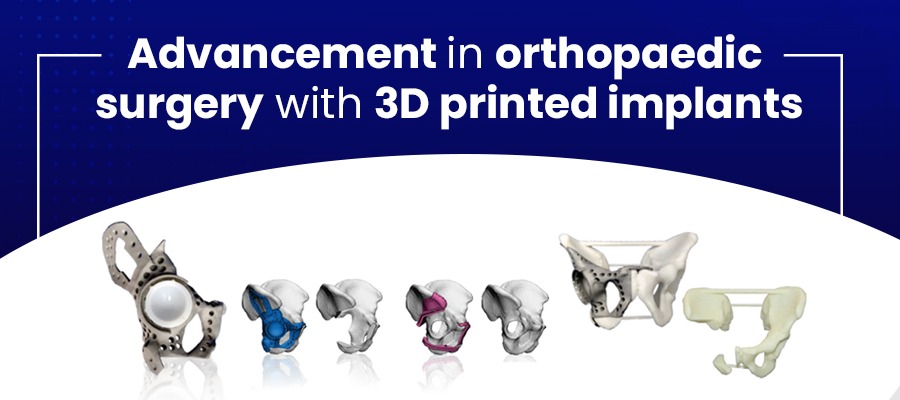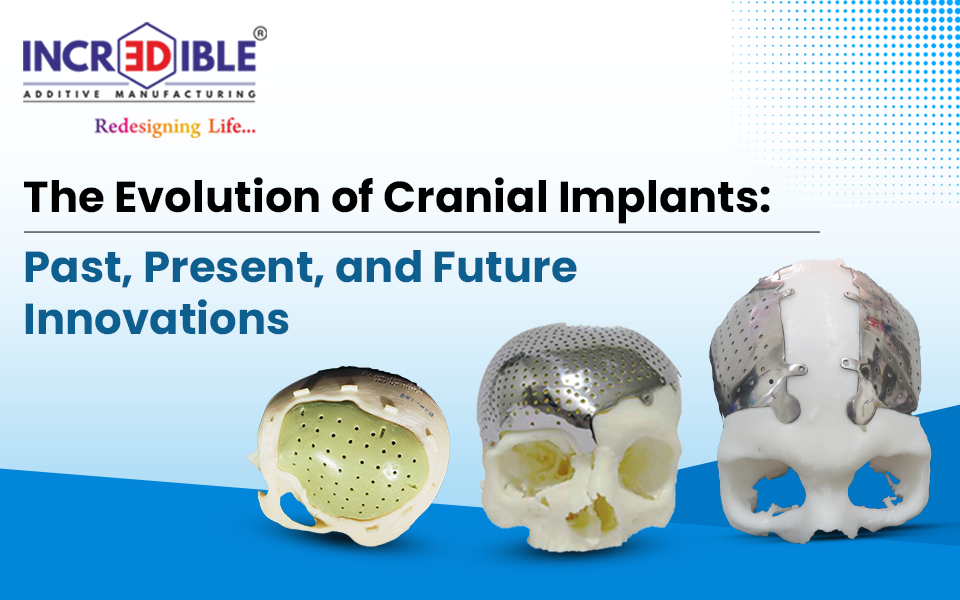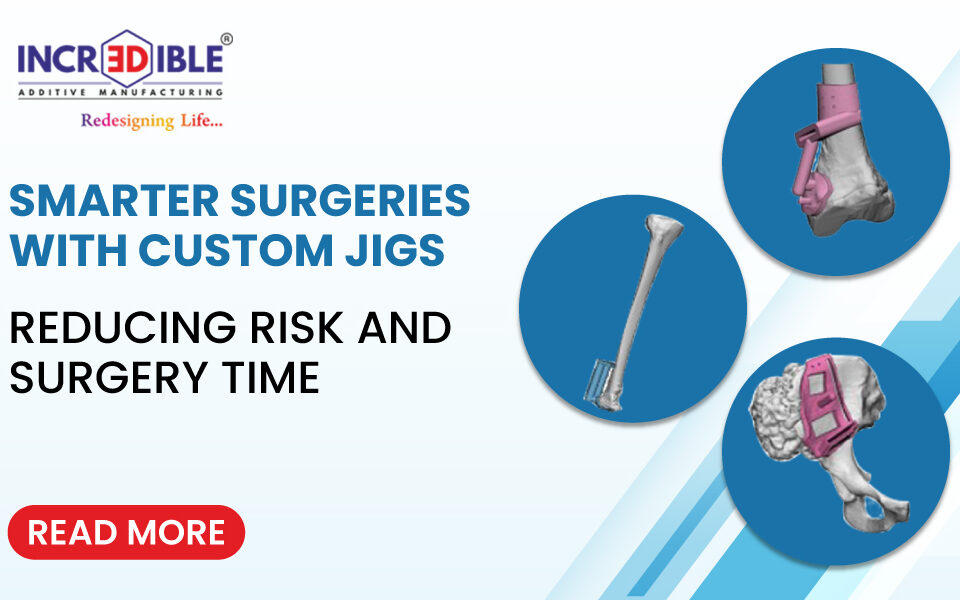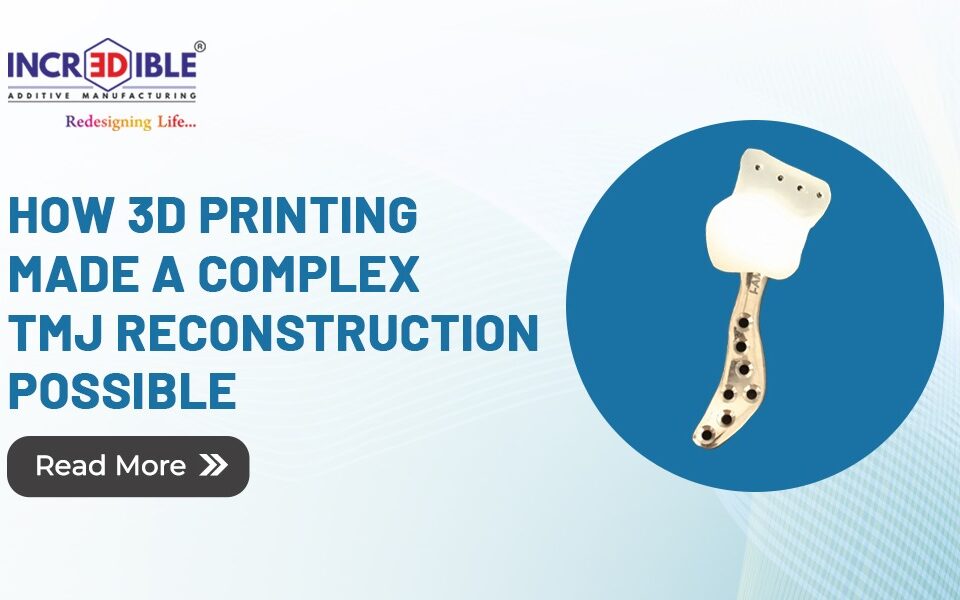What is 3D printing?
3D printing works by successively laying down fine layers of a chosen material until it creates the desired three-dimensional shape. The medical world is continually finding new applications for this exciting technology. Three-dimensional (3D) printing is emerging as a clinically promising technology for the fast prototyping of surgically implantable products. With this technology, computed tomography or magnetic resonance images can be used to create relevant objects from 3D patient-specific implants or reconstructed images.
• Advances in image processing have led to the clinical use of 3D patient-specific implant printing technology, giving the surgeon a realistic physical model of the anatomy upon which operation is done.
• Generally by relying just on CT images, the surgeon needs to create a virtual 3D print of the target anatomy from a series of bi-dimensional images. With this technology at hand, it is easier translating the information contained in CT images into a more usable format.
• 3D metal-printed implants play a central role in surgical planning. This technology is innovative and immensely helpful in the training of novice surgeons, as well as reducing the rate of re-operation.
• Medical devices often require complex designs, internal geometries or organic forms. And did you know that 3D-printed metal implants are more likely to be accepted by a patient’s body if they have porous surfaces? These types of shapes are difficult or even impossible to make with conventional methods of manufacturing.
• 3D printing can easily produce complex geometries in either plastic or metal―all in one piece and that too with a high level of accuracy. This also enhances to produce of improved designs as well as reduced costs and production times. Eliminating crevices and gaps between multiple parts do have the added benefit of making devices easier to sterilize and harder for bacteria to grow on. Isn’t this amazing!
There’s also the unmatched production speed of 3D patient-specific implants when compared to other conventional technologies. Nowhere is this more important than when it comes to treating patients and improving their quality of life.
3DP is now becoming well known in both the surgical and non-surgical worlds. 3DP is based on an additive manufacturing (AM) process which can realize objects by adding material layer by layer, rather than by subtraction from the raw material as is the case with old and other conventional technologies. In cases of degeneration, the printed bones can be compared to other anatomical models and also with the patient’s other bones, so manufacturing of implanted parts can be better guided. Printing 3D replicas of deformed feet and ankles can greatly assist in the perfection of surgery. Orthopedic surgeons can now explain about the surgery in a much clearer way to the patient. Second, the surgeon can demonstrate how the changes will influence the bone structure.
Furthermore, standard surgical procedures can be modified as needed, with the guidance of the 3D patient-specific implant replica. When you may be placing multiple incisions in close proximity, at that time, knowing exactly what the skeleton looks like beneath the skin is a huge advantage. The incisions can be smaller and more strategically placed with this additional information and this also helps to attain an accuracy quotient with minimal error thus improving the bone quality as well as the life quality of the patient.
Last but not the least, 3D printers allow medical professionals to bid goodbye to plaster casts by using 3D scanning and x-rays to quickly create detailed 3D models, completely eliminating the need to store countless physical casts for ongoing patient care.
Conclusion:
Thus, 3D metal printed implant/printing seems to play a significant role in the global healthcare sector, especially in orthopaedic surgery. Many medical professionals predict that 3D printing technology will drastically change orthopaedic surgery for the better.




